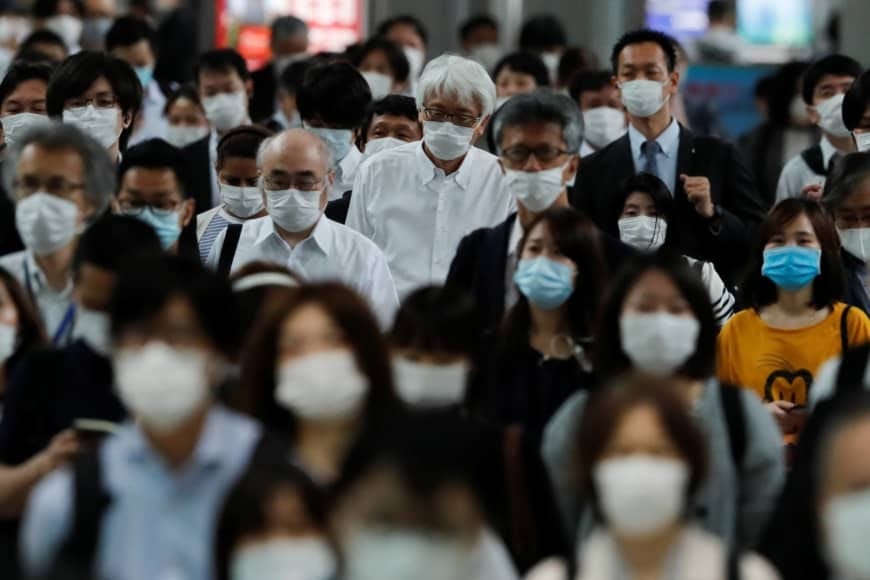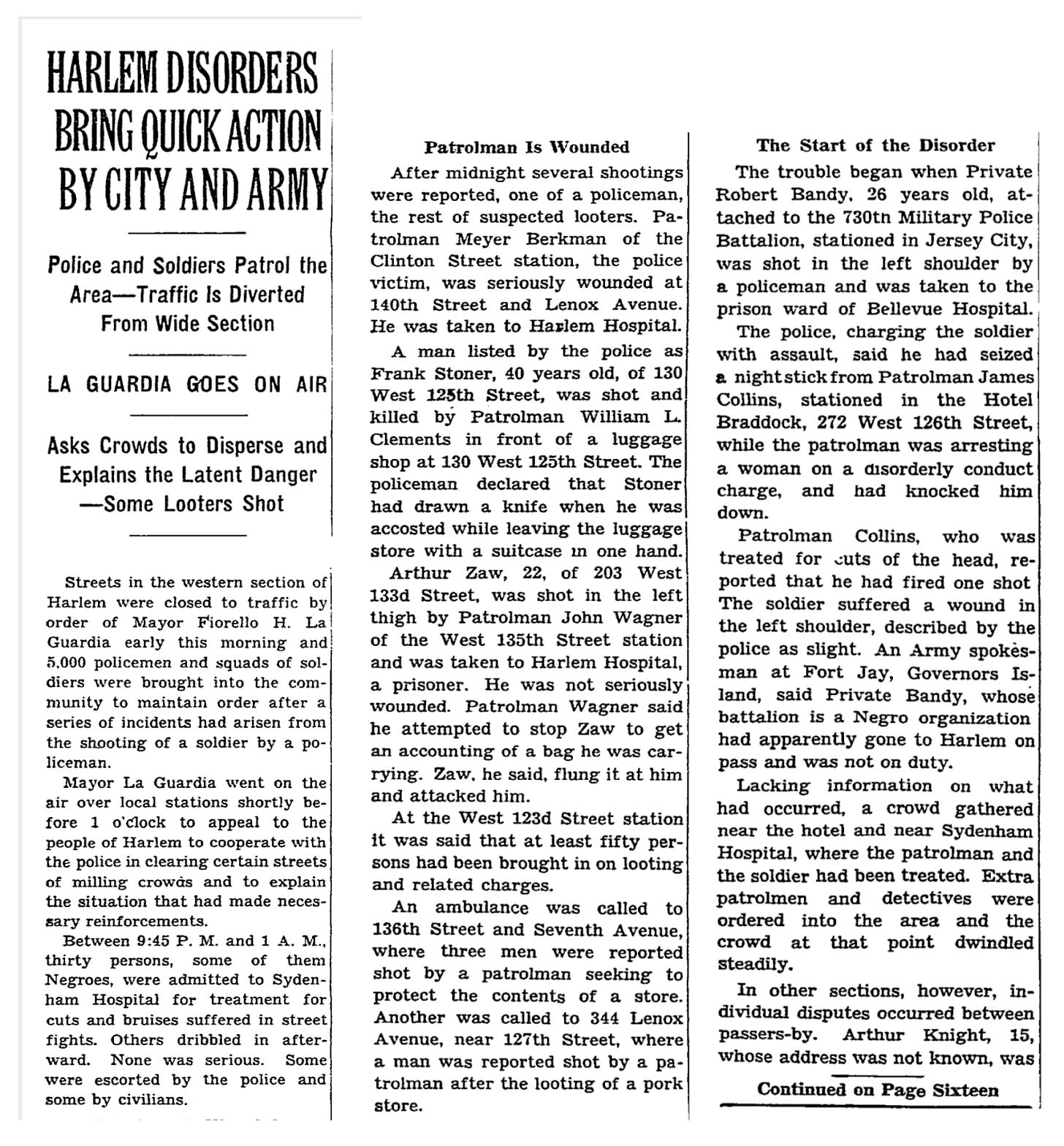Why is this interesting? - The Pandemic Strategy Edition
On containment models, Cambodia, and early mask adoption
Colin here. Part of understanding COVID at the deepest level will require learning from different containment models and doing our best to understand how/why they worked. Sweden, once hailed as a leader, is now having second thoughts.
Sweden’s top epidemiologist, Anders Tegnell, has admitted his strategy to fight COVID resulted in too many deaths, after persuading his country to avoid a strict lockdown. “If we were to encounter the same illness with the same knowledge that we have today, I think our response would land somewhere in between what Sweden did and what the rest of the world has done,” Anders Tegnell said in an interview with Swedish Radio.
And in an example of what should have been a disaster that wasn’t: Cambodia. In an earlier WITI, we also covered the politics between Cambodia and China, as the Prime Minister of Cambodia let an entire cruise ship of passengers off early in the crisis. Predictably, this seemed to portend the worst.
However, according to an opinion piece in the Nikkei Asian Review, this isn’t the case.
Cambodia had confirmed a total of 122 cases of COVID-19 in its population of 16 million by April 12, after which no new cases were reported for five weeks until three in late May. All of those 122 patients have recovered.
Despite having a weak health care system and being a resource-limited country, Cambodia has surprisingly emerged as a COVID-19 success story, while much richer Singapore is now battling a second wave of infections. So what is behind Cambodia's apparent success?
First, Cambodia's response strategy has turned out to be effective, at least for now. The country has performed around 16,000 tests since January and has conducted extensive contact tracing. It temporarily shut down borders to foreigners, especially those from the West, closed schools, universities and entertainment venues across the country, banned domestic travel for one week, canceled new year celebrations and quarantined more than 15,000 garment workers. The effectiveness of all these measures perhaps lies in the fact that they were adopted quickly and early in the pandemic.
Why is this interesting?
It’s too early to tell which were the winning strategies. In conversations with several, African-based entrepreneurs and hoteliers, they seemed to think that learnings from Ebola (and the protocols) have seemed to help some countries on the continent. In fact, they postulate that some of the increased sanitary measures in COVID may help lower the future spread of other diseases.
This would match the experience of South Korea after MERS:
When South Korea faced MERS in 2015, a stumbling response led to political support for dramatically broadening the country’s infectious-disease law. The state won powers to target at-risk individuals or groups for testing, treatment and isolation. Now, as a result, detailed case information gets posted on government websites or text-messaged to individuals from the affected neighborhoods, sometimes within hours.
Japan has also emerged as a country that has handled the epidemic well so far. Many ascribe this to innate cultural factors: wearing masks to protect others, and adhering to government decrees. Indeed, given its proximity to China, many people started hand sanitizing and wearing masks before any official guidance. But the country also took a number of other measures that may have ultimately helped it. According to the FT:
Japan used a particular approach to contact tracing. “Most other countries adopted what we call prospective tracing,” said Shigeru Omi, head of the expert panel advising Mr Abe on the virus. “The cluster-based approach uses thorough retrospective contact tracing to identify common sources of infection.”
In prospective tracing, the close contacts of a Covid-19 case are monitored so they can be quarantined if they show symptoms. Japan’s approach also tries to find out where they were infected, be it a nightclub or a hospital, and then monitor people who visited that site.
Four out of five coronavirus patients do not infect anyone else, so Dr Omi said that finding the superspreaders was a more efficient way to control the disease.

Photo: Reuters
While it’s almost impossible to pinpoint the measures that worked most effectively, some combination of tactics has clearly proven successful at keeping the virus at bay. As the world prepares for the possibility of a second wave later this year, access to tests and nuanced analysis of protocols will hopefully help countries realign their approach and iterate. (CJN)
Newspaper of the Day:
New York is under curfew. And while the New York Times says the last time that happened is 1945, the curfew they’re referring to seems specific to the closing of bars and other “entertainment establishments.” The last curfew I can find that resembles this one was two years prior in 1943, after a white police officer shot a black off-duty soldier. Fiorello La Guardia, the mayor at the time, put all of Harlem under lockdown. The image below from the New York Times archive is what appeared on the front page of the paper on August 2, 1943. (NRB)

Quick Links:
Oil traders on the day prices went negative (CJN)
Superb piece from Sophy Roberts on Chad (CJN)
Gun crime and Japan (CJN)
Thanks for reading,
Noah (NRB) & Colin (CJN)
—
Why is this interesting? is a daily email from Noah Brier & Colin Nagy (and friends!) about interesting things. If you’ve enjoyed this edition, please consider forwarding it to a friend. If you’re reading it for the first time, consider subscribing (it’s free!).


